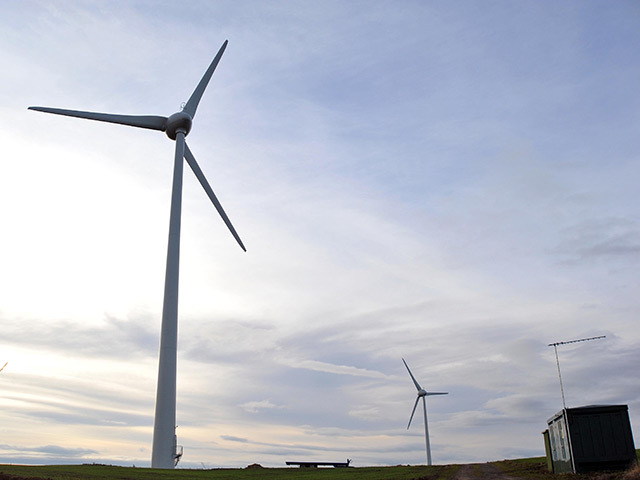
Just about one tenth of renewable energy technology is ready to meet long-term climate change targets, a report by the International Energy Agency claims.
The paper blames governments for failing to adequately support large-scale deployment.
Under the Paris Agreement nearly 200 countries agreed last year to phase out greenhouse gas emissions this century.
The aim is to limit a global average rise in temperature to below two degrees Celsius.
Only three out of 26 assessed technologies – electric vehicles, energy storage and mature variable renewables (solar PV and onshore wind) – are on track to meet climate targets, according to the IEA.
The report said: “Transformation toward a clean energy system is not in line with stated international policy goals. Many technology areas suffer from a lack of policy support and this impedes their scaled-up deployment.”
The IEA said the world’s power sector could reach net zero carbon dioxide emissions by 2060 under a goal to limit the rise in global temperature to 2 degrees Celsius.
The energy sector could even become carbon neutral by 2060 to limit future temperature increase to 1.75 degrees C by 2100, if technology innovations are “pushed to the limit”.
“But to do so would require an unprecedented level of policy action and effort from all stakeholders,” the report added.
Global new nuclear capacity additions totaled 10 gigawatt (GW last year, the highest rate since 1990. However, a capacity addition rate of 20 GW annually would be needed to meet goals for limiting temperature rise to 2 degrees C, the report said.
However, renewable power generation growth needs to accelerate by an additional 40 percent over 2020-25 to reach a 2 degree C limit goal.
Carbon dioxide emissions from coal must decline by around 3 percent a year to 2025, led by the retirement in the least efficient technologies and a decline in coal generation not equipped with carbon capture and storage after 2020, the IEA said.
Recommended for you
